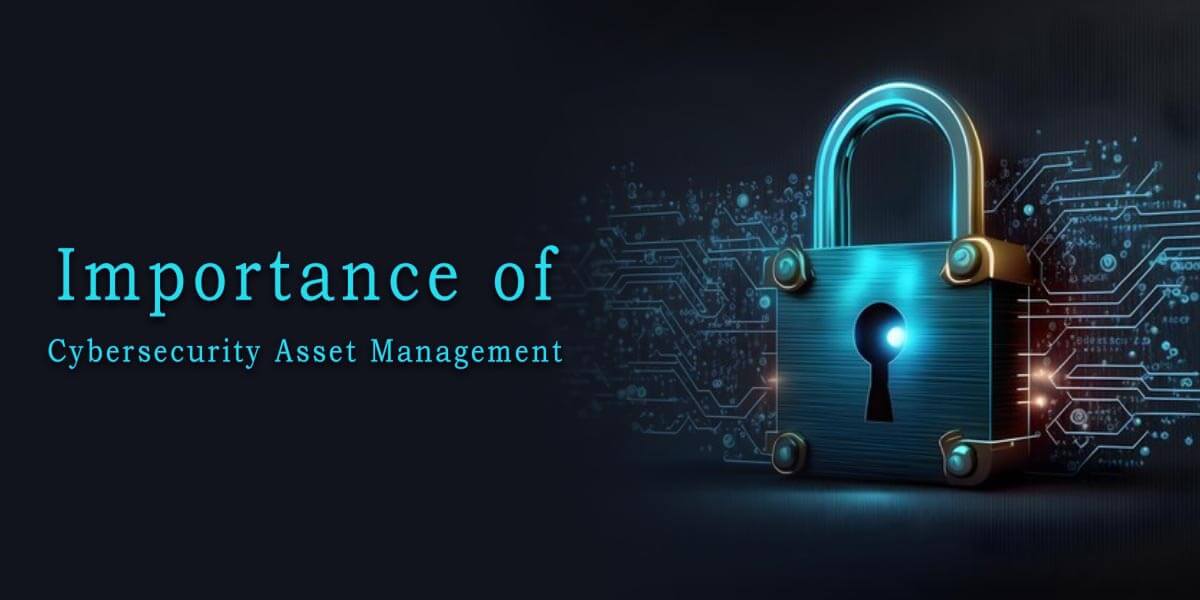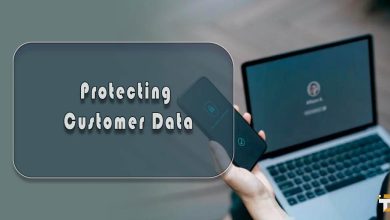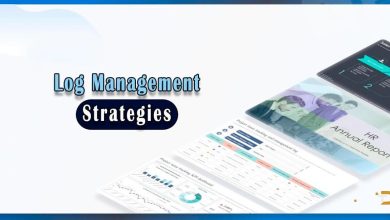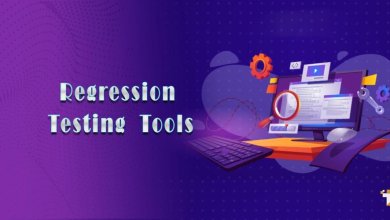Understanding the Importance of Cybersecurity Asset Management
As technology becomes increasingly integral to modern operations, managing cybersecurity risks has never been more critical. Implementing a formal Cybersecurity Asset Management program is vital to any robust security strategy. This article will provide an overview of best practices for identifying, cataloging, and protecting all digital assets across an organization.
What is Cybersecurity Asset Management?
Cybersecurity Asset Management is devices, systems, software, data, or network components that store, process, or transmit sensitive information. This includes employee and customer records, intellectual property, financial data, and proprietary systems. Assets can be physical, like servers, workstations, and networking gear, or virtual, like cloud-based applications and databases. The first step is gaining visibility of all assets across your environment.
Conducting an Asset Discovery Audit
A thorough discovery audit involves actively searching all locations where assets may reside, including remote and mobile devices. Discovery tools scan IP ranges, examine network traffic, and probe endpoints to compile a complete inventory. Manual verification ensures everything runs smoothly. Catalog all technical details like operating systems, software versions, and configurations. Regular audits account for new assets and changes over time.
Classifying Asset Criticality Levels
Not all assets are equal – some hold exponentially higher risk if compromised. Assign criticality levels based on classification frameworks factoring sensitivity of stored data, compliance requirements, system function, and potential impacts. Rankings like high, medium, and low guide the prioritization of protection methods. Reevaluate levels periodically as asset roles evolve.
Implementing Robust Access Controls
Rigorous access controls are applied according to the principle of least privilege to restrict interactions with each asset. Leverage multifactor authentication mechanisms like physical tokens or mobile apps in addition to strong, regularly changed passwords for all accounts. Monitor all access through privileged user behavior analytics and implement just-in-time, temporary access controls for elevated rights. Limit network exposure of systems through next-generation firewalls with strict rules, microsegmentation, and mandatory VPNs for remote access. Comprehensive logging and alerts aid auditing and investigations.
Performing Thorough Configuration Auditing
Document security baselines for operating systems, applications, services, and custom code through deep configuration audits. Assess software versions, patch levels, permissions, encryption settings, and other details to establish compliance standards. Leverage specialized tools and techniques to identify vulnerabilities, outdated components, or deviations from baselines. Address all findings promptly through remediation like patching, hardening, or policy updates. Continuous auditing ensures configurations remain optimized over evolving environments and emerging threats. Automated scans detect configuration drift requiring attention.
Conducting Vulnerability Scanning

Automated vulnerability scanning probes assets for known vulnerabilities and misconfigurations on a scheduled basis. Scans identify missing patches, exposed services, and weak configurations requiring remediation. Integrate scans into the development process as well to address issues early. Take high-risk vulnerabilities offline until patched.
Implementing Patch Management
Prompt patching is critical yet complex at scale. Use centralized patch management software to automatically detect missing patches, approve testing, and deploy approved patches seamlessly across all applicable assets. Orchestrate timely yet controlled patching according to risk and change windows.
Implementing Robust Data Protection Controls
Sensitive data warrants elite safeguards. Apply strong encryption using vetted algorithms to sensitive files in transit and at rest. Tokenize, mask, or hash sensitive values as applicable. Enforce secure deletion of data no longer needed as per policies. Classify data, then apply metadata labels to govern appropriate access and usage. Monitor logs for unauthorized access, download attempts, or unusual egress traffic that could indicate exfiltration. Address third-party risks through contractual terms requiring assessments and remediation of identified issues.
Maintaining a Comprehensive Asset Inventory
Document all asset details within a centralized, access-restricted inventory system. Record configurations, installed software, vulnerabilities uncovered by scans, access controls implemented, and specific protection methods applied to each system based on criticality. Integrate automated discovery tools, monitoring solutions, and help desk records to maintain accuracy as environments change. Inventory records facilitate audits of compliance with policies, speed investigations of anomalies or incidents, and aid impact assessments of planned changes.
Retiring and Disposing of Assets Securely
Properly retiring assets according to a formal process is crucial. Remotely wipe hard drives, remove credentials, and deactivate accounts. Physically destroy or securely recycle assets no longer in use. Monitor assets sold or transferred externally as well. Certificates of destruction confirm secure disposal.
Monitoring Assets for Threats
Deploy endpoint detection and response tools, network traffic analyzers, log aggregation software, and other monitoring solutions to gain continuous visibility. Alerts identify malware, exploits, internal surveillance, and other suspicious behaviors for investigation and remediation. User and entity behavior analytics detect anomalies indicating compromised credentials.
Conducting Comprehensive Vulnerability Assessments
Scheduled assessments go beyond basic scans to deeply evaluate security controls. Qualified ethical hackers employ specialized tools and techniques mimicking real-world tactics to thoroughly test authentication mechanisms, authorization implementations, encryption configurations, patching practices, and more. This identifies vulnerabilities that could be exploited before attackers discover them. All findings are promptly remediated to strengthen your security posture continually.
Read More: 8 Cybersecurity Tips and Best Practices for Individuals and Businesses
Implementing Robust Segmentation Controls
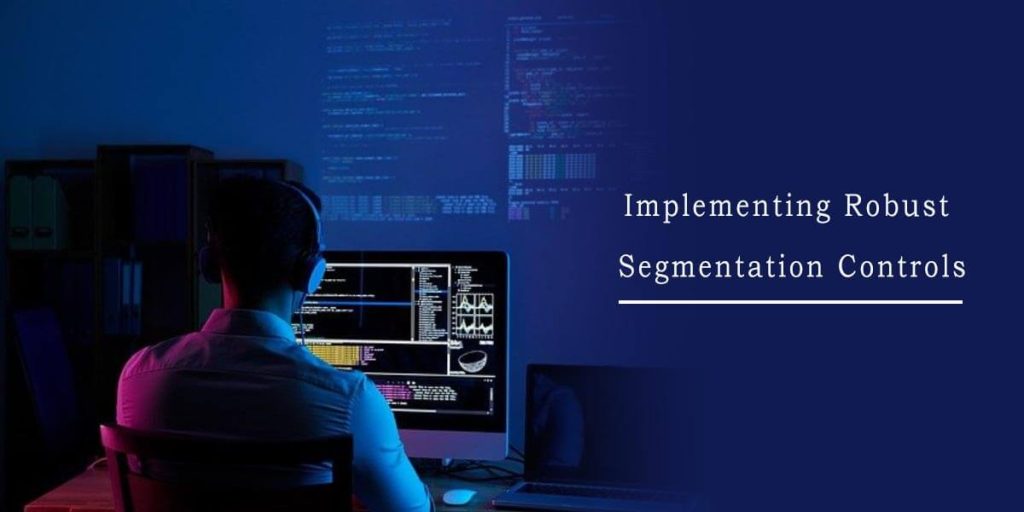
Isolate high-value systems and sensitive data repositories from other environments using multilayered network segmentation, enclaves, and microperimeters. Deploy next-generation firewalls with strict access control lists to restrict lateral movement potential across VLANs in case of a breach. Limit extensive attack surfaces by implementing zero trust principles through most minor privilege access policies at the host and network level. Properly configured segmentation contains any intrusions within isolated segments, minimizing impacts.
Incorporating Cyber Insurance
Cyber insurance helps transfer risks that cannot be eliminated through other controls. Depending on the coverage selected, policies may cover the costs of forensic investigations, notification obligations, credit monitoring, ransomware payments, and more. Underwriters evaluate controls to determine premiums.
Training Staff on Asset Security
Users and system owners require regular security awareness training to understand shared responsibilities. Movement educates on secure usage and handling requirements, identifying social engineering attempts, reporting anomalies, and implementing asset protection roles. Simulated phishing tests reinforce retention, and multi-year planning ensures continuous learning.
In Summary
A formal Cybersecurity Asset Management program establishes a structure around continuously identifying, classifying, and safeguarding all cyber assets. Adopting these best practices strengthens security posture while maintaining control and visibility of extensive and evolving digital infrastructures. With diligent implementation and oversight, organizations can effectively manage cyber risks.

